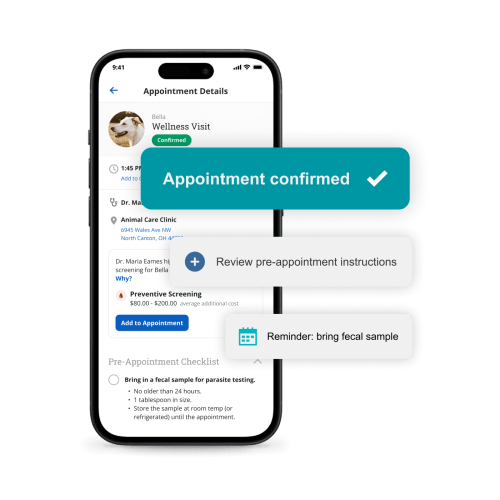Tales from the Frontline: Is the Client Always Right?

Veterinary medicine has operated for decades with the mindset that the client is always right. Unfortunately, that mindset has created a lack of professional boundaries, excessive caseloads and verbal and emotional abuse. It’s created clients who feel they are entitled to have on demand access to veterinary care while also insisting that we aren’t advocates for their pets. This has created burnout, compassion fatigue and team members who feel they can never live up to clients’ expectations. We navigated the pandemic and went from “heroes” to becoming a target of client’s frustration based on availability, finances and changing dynamics. Veterinary medicine took note that something needed to change. How do we begin to set boundaries now?
Create A Code of Conduct for Your Clients
Establishing what values your clinic has and what you expect from those who seek your services can seem like a very vague idea. If it’s not documented, it didn’t happen. Putting together a list of what you provide for your customers(ex: high quality care, dedicated service, top notch customer service skills) and then outlining what you expect from clientele (ex: open and respectful communication, trust that your practice does the best for each pet) is a great starting point. Then decide what behavior your hospital will not tolerate. Physical threats, discrimination and verbally insulting team members are a few topics that may have drawn a line in the sand over. Make sure to detail specifics and make these items as clear and concise as possible.
Communicate Your Expectations
Once you have created your Code of Conduct, the next step is dispersing the information. This document can be shared via social media, email or by being posted on your website. . Start on a positive note by taking the opportunity to thank your clients who have been kind, supportive and respectful. Noting that to provide the best care for patients, clients, and staff all interactions should be mutually respectful. Keep it positive and should there be push back in comments encourage dialogue via a phone call from management to address any concerns.
Stick With It
Policy means nothing if it isn’t upheld. Boundaries mean nothing if we continue to tolerate bad behavior. This may be uncomfortable, but we must commit to action. If a client is verbally abusive to a team member and it’s tolerated, the written words mean nothing. Clients will know they can behave in a negative manner without it being addressed. Team members will feel that they aren’t valued or supported. Creating and upholding a culture must be done through the actions and choices we have every day. If team members feel that the practice sticks up for them then they will be more engaged and feel a sense of pride in their workplace.
It's Ok to Fire A Client
If there is a client who is causing stress and grief on the team there is nothing wrong with letting them go. We look for a good fit with team members and in our personal relationships. If a client has a lack of trust and cannot see the benefit of being kind to those who are trying to help them, it’s ok to fire a client. Most hospitals are booking out weeks ahead. We can choose the clientele who identify with the values and culture of our practice. If a client seems unhappy with what our practice can provide, there is nothing wrong with allowing them to find a hospital that provides the relationship they need.
The terrain of veterinary medicine is changing and evolving. We are looking at our past mistakes regarding professional boundaries and what we will and will not tolerate in the workplace. Life is too short to be miserable and bend over backwards to please someone who doesn’t appreciate the efforts. May we continue to better our profession and mental health by placing the importance on mental health, stress reduction and communicating our needs. May we continue to push for a happy and healthy workplace and the respect we deserve.
Need some more tips for navigating difficult client conversations? Check out our new guide!




